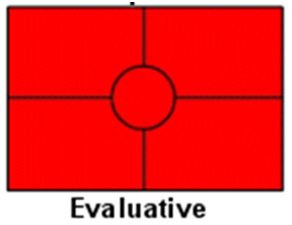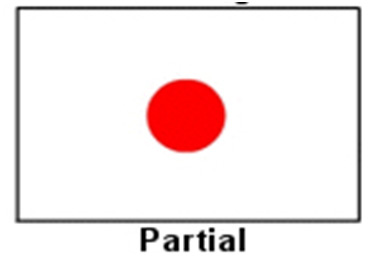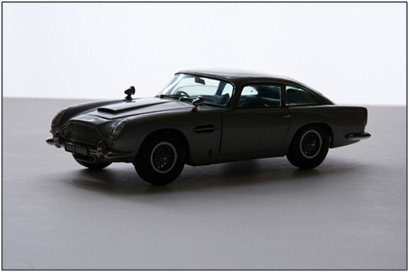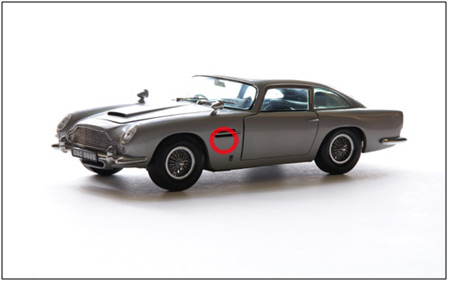


1. New photography tutorials and tips
2. Latest photography assignments
3. Photo competitions and prizes
Enter your email below to subscribe.
Metering is how a camera decides what exposure (how much light is let in) to use and it adjusts the settings it uses according to this to get a shot that's correctly exposed. It is the metering system of the camera which decides the shutter speed in Aperture priority mode and F-number in Shutter priority mode. However, the results that are produced aren't always desirable and camera metering system is generally fooled by the combination of over bright and dark areas. This is when picking one of the metering modes available comes in-handy. However, remember that, you can also get the needed exposure by choosing the manual mode as well without changing the metering options. However, manual modes are mostly trial and error method unless you are shooting under controlled conditions such as studio.
Camera light meters (reflected meters) expose to make all pictures average out to be a middle tone. The beach scene, the macro of the spider, the studio portrait, or whatever... the reflective meter's goal is that overall, the metered area averages out to a middle tone (call it middle gray, but it could be colored). Fortunately, a middle tone is often near about correct (most scenes are near average range), but the meter cannot distinguish those that do from those that don't. In those that don't, the meter can only see the light reflected from the scene, which is a lot of light if from white or light colors (so exposure is turned down), or not much light if reflected from black or dark colors (so exposure is turned up). The camera cannot tell the difference, it just sees some light, so it makes all pictures average out a middle gray (the only possible goal - not too dark, and not too bright). So photograph something all black or something all white, and both come out near middle tone too, neither of which is correct in those cases. You need to be aware of this, it is simply how life is, how things work.
Every time you point your camera at a scene it needs to take a guess at what is important to you in the picture and which part you want to be exposed optimally. The metering mode you have your camera set to will signal to the camera how you want it to approach this task
The whitest regions are those which contribute most towards the exposure calculation, whereas black areas are ignored. Each of the below mentioned metering modes are shown with the area considered by camera while calculating the exposure.
(i) Evaluative (Matrix) (Multi-spot) (Zone)

(ii) Center Weighted

(iii) Partial

(iv) Spot

Below is the example of Spot metering. The toy car is kept on the grey surface and white background. Since car forms relatively small portion of the image compared to the base and background, Camera evaluative metering system will make the subject dark.

However, when Spot metering is used, the Car comes back to life, however the other parts become bright. But, our purpose has got solved here. The same image can also be achieved by choosing a low shutter speed and keeping the Aperture constant.

To learn, understand and practice more about metering system, join Indian Institute of Photography.
Indian Institute of Photography | Copyright © 2025. All Rights Reserved